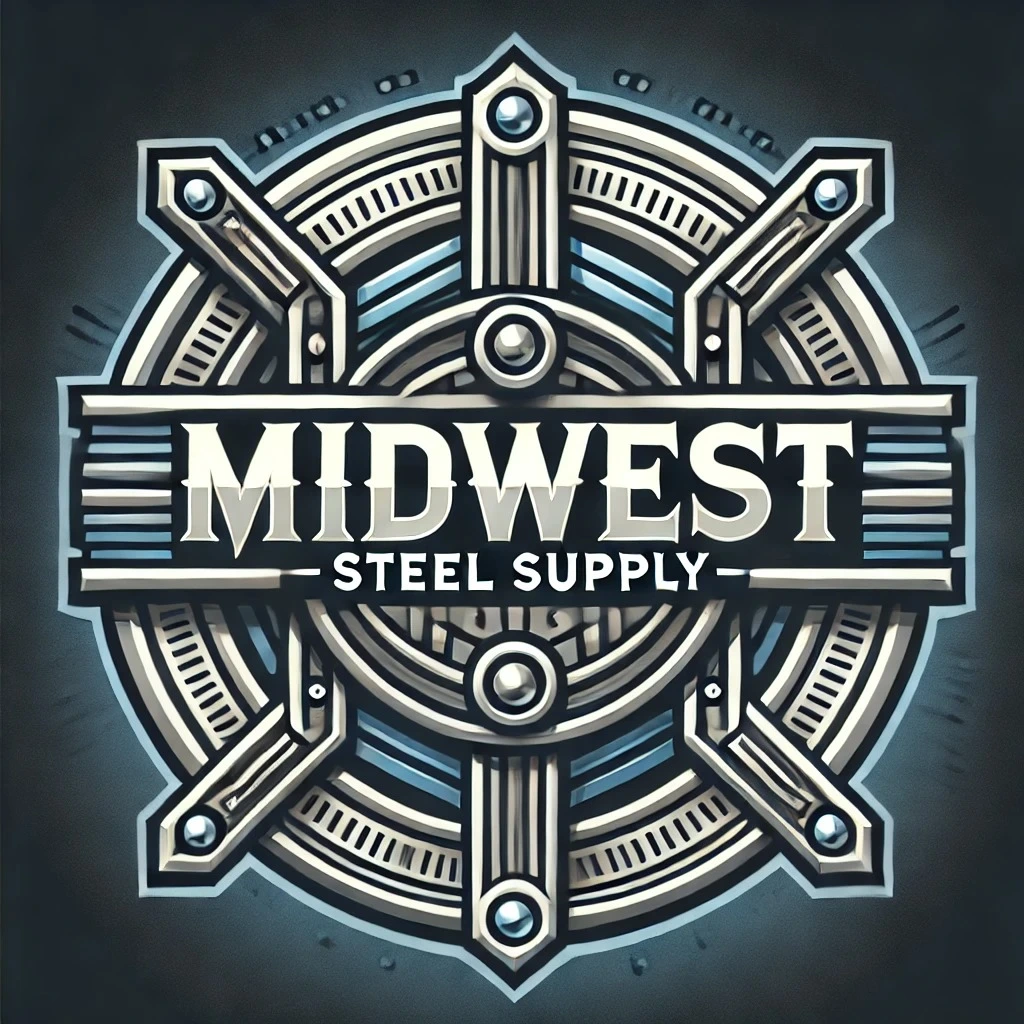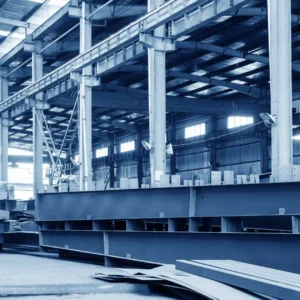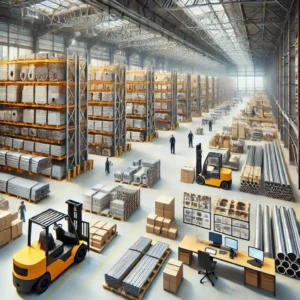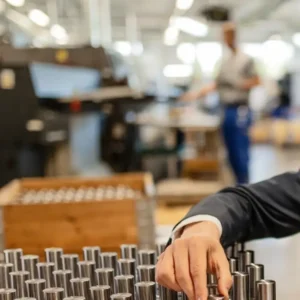304 vs. 316L Stainless Steel Strip Coil: Properties, Differences, and Applications
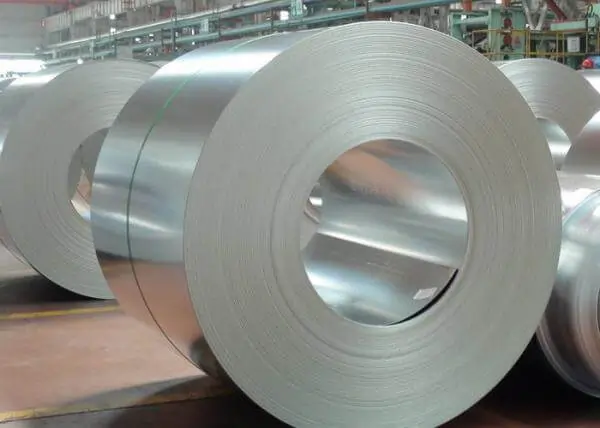
When choosing the right stainless steel strip coil for your industrial or manufacturing needs, two of the most commonly used grades are 304 stainless steel strip coil and 316L stainless steel strip coil. Both are austenitic stainless steels with excellent corrosion resistance and formability, but they differ in chemical composition, cost, and applications. Understanding these differences is crucial for selecting the right material for your specific environment and project requirements.
In this article, we’ll explore the key characteristics, benefits, and common applications of both 304 stainless steel strip coil and 316L stainless steel strip coil, helping engineers, fabricators, and buyers make informed decisions.
What is 304 Stainless Steel Strip Coil?
304 stainless steel is the most widely used grade of stainless steel, often referred to as the “workhorse” of the industry. It belongs to the austenitic family of stainless steels and contains approximately:
-
18% chromium
-
8% nickel
This composition gives 304 SS excellent corrosion resistance in a wide range of environments and excellent mechanical properties.
Key Properties of 304 Stainless Steel Strip Coil:
-
Corrosion Resistance: Performs well in oxidizing environments and can resist most oxidizing acids.
-
Formability: Easily roll-formed or shaped into various configurations without cracking.
-
Weldability: Outstanding weldability using standard techniques like TIG or MIG welding.
-
Non-Magnetic: In the annealed condition, 304 is typically non-magnetic.
-
Cost-Effective: Offers a great balance between performance and cost.
What is 316L Stainless Steel Strip Coil?
316L stainless steel is a low-carbon version of 316 stainless steel. It includes:
-
16–18% chromium
-
10–14% nickel
-
2–3% molybdenum
The addition of molybdenum improves its resistance to chloride-induced corrosion, making it ideal for marine and chemical environments. The “L” in 316L stands for low carbon, which enhances weldability and minimizes the risk of carbide precipitation during welding.
Key Properties of 316L Stainless Steel Strip Coil:
-
Superior Corrosion Resistance: Performs well in marine and chloride-heavy environments.
-
Low Carbon Content: Excellent for welding applications without post-weld annealing.
-
Durability in Harsh Conditions: Suitable for high-pressure and high-temperature environments.
-
Longer Service Life: Ideal for environments where corrosion can significantly reduce the lifespan of other materials.
Chemical Composition Comparison:
| Element | 304 Stainless Steel | 316L Stainless Steel |
|---|---|---|
| Chromium | 18-20% | 16-18% |
| Nickel | 8-10.5% | 10-14% |
| Molybdenum | 0% | 2-3% |
| Carbon | ≤ 0.08% | ≤ 0.03% |
| Manganese | ≤ 2% | ≤ 2% |
| Silicon | ≤ 1% | ≤ 1% |
304 vs. 316L: Key Differences
1. Corrosion Resistance
While 304 stainless steel resists oxidation and corrosion in most general environments, 316L offers better resistance to chlorides and salts, making it more suitable for marine, coastal, or chemical processing environments.
2. Cost
316L stainless steel is more expensive due to the inclusion of molybdenum and higher nickel content. However, this cost can be justified by its performance in aggressive environments and longer lifespan.
3. Weldability
Both grades are weldable, but 316L’s low carbon content reduces the risk of sensitization and carbide precipitation during welding, which can otherwise lead to intergranular corrosion.
4. Applications
304 is sufficient for food processing, automotive trim, kitchen equipment, and general fabrication, while 316L is preferred for marine parts, chemical tanks, and medical implants.
Applications of 304 Stainless Steel Strip Coil
-
Food and Beverage Industry: Ideal for manufacturing food processing equipment and kitchen appliances due to its hygienic and corrosion-resistant nature.
-
Architectural Projects: Used in cladding, handrails, and decorative trims.
-
Automotive Industry: Employed in exhaust systems, trim parts, and fuel lines.
-
Consumer Goods: Used in cookware, sinks, and hardware components.
-
HVAC and Refrigeration: Components such as brackets, spacers, and condensers.
Applications of 316L Stainless Steel Strip Coil
-
Marine Industry: Ideal for boat fittings, pumps, valves, and underwater equipment where salt exposure is high.
-
Chemical Processing: Used in tanks, piping, and containers handling acidic or saline substances.
-
Pharmaceutical and Medical Equipment: Employed in surgical tools, implants, and cleanroom equipment due to biocompatibility.
-
Oil and Gas: Used in equipment exposed to harsh chemicals and sea environments.
-
Desalination Plants: Crucial for resisting saltwater corrosion in water purification systems.
Why Choose Stainless Steel Strip Coil?
Strip coils are thin-rolled stainless steel sheets wound into coils for ease of storage, transport, and processing. These coils can be precision slit into narrower widths and used for:
-
Stamping
-
Deep drawing
-
Heat exchangers
-
Flexible hose production
-
Spring manufacturing
Choosing 304 or 316L stainless steel strip coil depends on both the environment and application requirements. While 304 offers a cost-effective and versatile solution, 316L delivers added protection and durability in more demanding conditions.
Which Grade is Right for You?
| Requirement | Recommended Grade |
|---|---|
| General corrosion resistance, cost efficiency | 304 Stainless Steel |
| Exposure to chlorides or saltwater | 316L Stainless Steel |
| High weldability with minimal carbon precipitation | 316L Stainless Steel |
| Non-marine general purpose use | 304 Stainless Steel |
If your project involves a humid or corrosive environment or requires sanitary conditions, 316L is the superior option. For less aggressive environments or where budget constraints are key, 304 remains a strong and reliable choice.
Conclusion
Both 304 and 316L stainless steel strip coils offer excellent performance and durability in their respective fields. Choosing the right material depends on your application, environment, and budget. With the increasing demand for high-quality materials across construction, automotive, medical, and marine industries, understanding the nuances between these two grades is critical.
For dependable supply, consistent quality, and competitive pricing on 304 and 316L stainless steel strip coil, partner with a trusted stainless steel distributor. Whether you need coils in custom widths, thicknesses, or specific surface finishes, ensure your supplier provides full traceability, certification, and prompt delivery.
